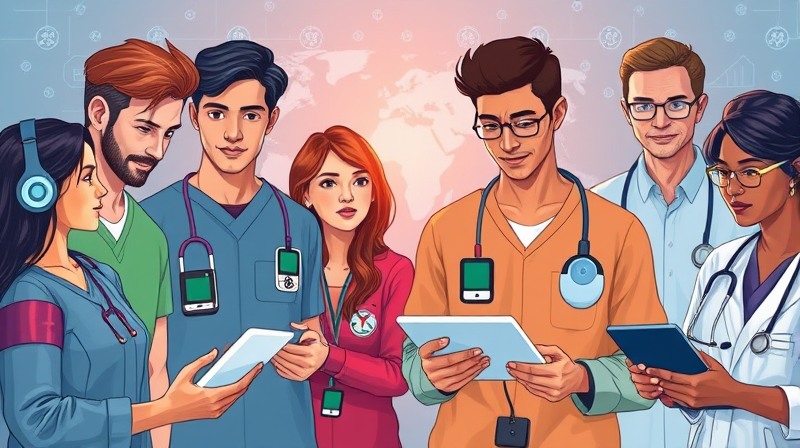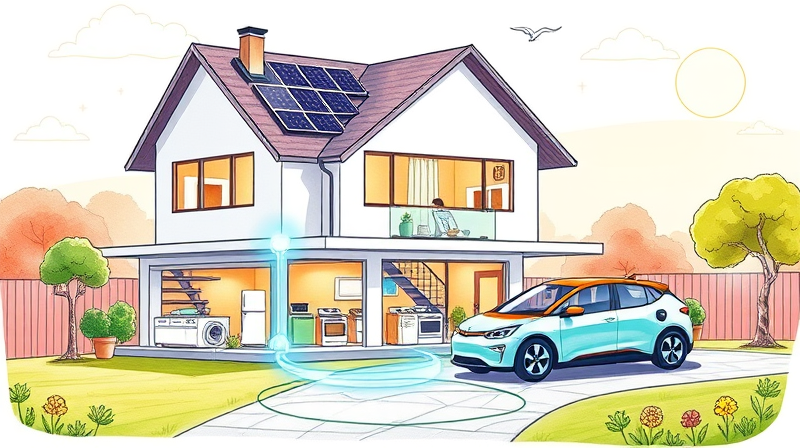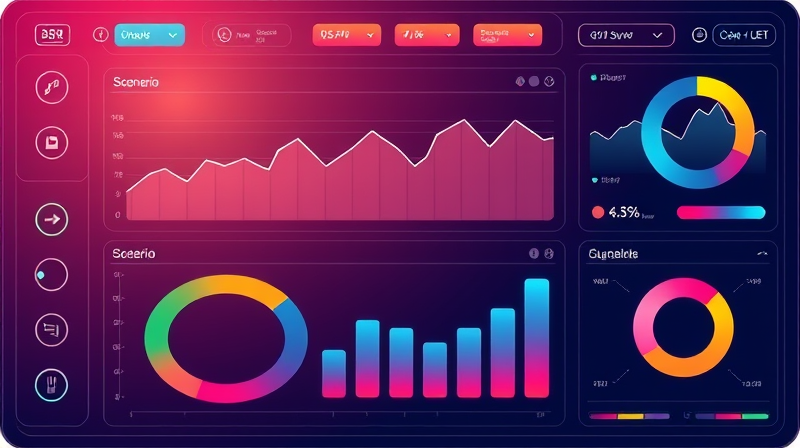
In recent years, remote patient monitoring (RPM) has shifted from niche pilot programs to mainstream healthcare solutions. Spurred by regulatory updates and technological innovations, these devices are redefining care delivery, improving patient outcomes, and expanding access.
In 2025, U.S. agencies like the Centers for Medicare & Medicaid Services and the American Medical Association have introduced permanent reimbursement for audio-only telehealth consultations in broadband-limited regions. This ensures that patients in resource-constrained areas can access critical services without video requirements. Moreover, expanded billing codes for shorter monitoring windows—from two to fifteen days—have widened RPM’s applicability beyond chronic conditions into acute and post-surgical care.
These changes are paving the way for equitable access, particularly in rural and underserved communities, and reducing administrative burdens on providers.
Around the world, regulators are aligning their approaches to balance innovation with patient safety. The European Union’s Artificial Intelligence Act, which took effect in August 2024, establishes comprehensive AI regulatory oversight for medical software and algorithms categorized by risk. By setting unified standards for clinical analytics, the EU Act influences companies operating in multiple jurisdictions and promotes a harmonized global framework for RPM and AI-driven diagnostics.
Beyond the EU, nations in Asia and Latin America are adopting similar risk-based models, often referencing the EU’s extraterritorial provisions. This convergence simplifies market entry for device manufacturers but also heightens expectations for data security and transparency in algorithmic decision-making.
Technological breakthroughs are expanding the capabilities of RPM devices. Established solutions like Dexcom’s continuous glucose monitors and Abbott’s FreeStyle Libre systems continue to evolve, offering more precise readings and longer battery life. New entrants such as GE Healthcare’s Portrait Mobile wearable and implantable sensors for heart failure patients have secured FDA clearance through the 510(k) pathway, opening new frontiers for real-time health insights.
Integrating these devices with telehealth platforms creates a seamless care continuum that empowers clinicians to make informed decisions from afar.
With the rise of digital health comes the imperative of secure, encrypted data transmission and stringent adherence to HIPAA regulations. All RPM vendors must implement robust user authentication, maintain audit trails, and partner with HITRUST-certified cloud providers. Failure to comply can result in severe penalties and jeopardize patient trust.
Additionally, software-driven RPM tools that perform diagnostic functions are regulated as Software as a Medical Device, requiring separate FDA review. Developers must document algorithmic validation processes and ensure that updates do not compromise performance or security.
CMS policy updates have simplified RPM billing for Federally Qualified Health Centers (FQHCs) and Rural Health Clinics (RHCs), introducing streamlined billing and expanded coverage for FQHCs and RHCs. Claim codes such as CPT 99453 and 99457 reduce paperwork while incentivizing provider participation in remote care models.
By lowering economic and infrastructural barriers, these policies address healthcare disparities and enable broader patient engagement, particularly among those who previously lacked video-capable devices or reliable internet access.
The U.S. remote patient monitoring market is projected to reach $29.13 billion in 2025, driven by aging populations, rising chronic disease prevalence, and increasing telehealth adoption. Globally, similar growth trajectories underscore the universal demand for flexible care solutions.
Looking ahead, advancements in AI-powered analytics and sensor miniaturization will further enhance device accuracy and user experience. Regulatory bodies are likely to continue refining guidelines to support these innovations while upholding patient safety.
Regulatory momentum is unlocking the full potential of remote healthcare devices, transforming how clinicians deliver care and patients manage their health. With permanent coverage for audio-only services, streamlined billing, and rigorous oversight for device safety, RPM stands poised to bridge gaps in access and propel healthcare into a more connected, patient-centric future.
References













